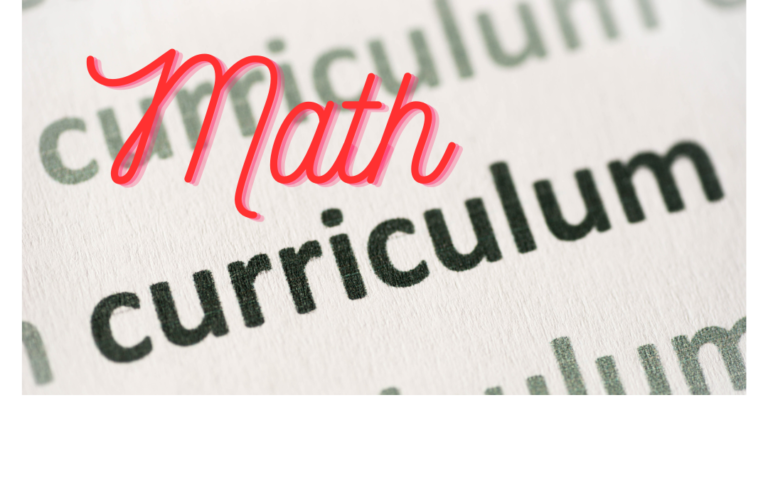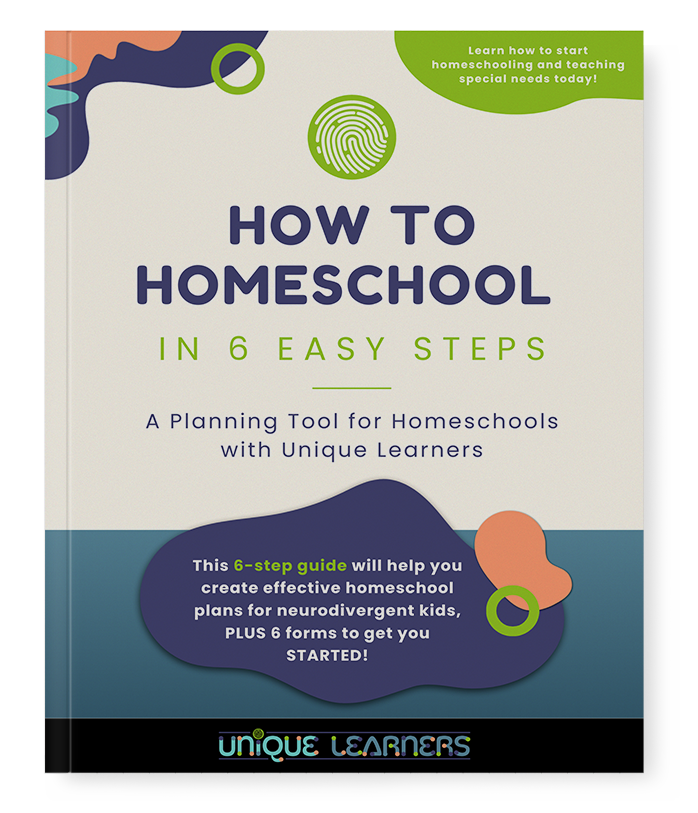I hear that question nearly every day from both new homeschool families and those who are struggling to find a good fit for their unique learner. Then moms who have a child who picks up everything easily reply with the current trendy option for general homeschool curriculum. Many of those moms who are happy with whatever curriculum they are using found it because their best friend told them that the curriculum she was using for their homeschool was “the best.”
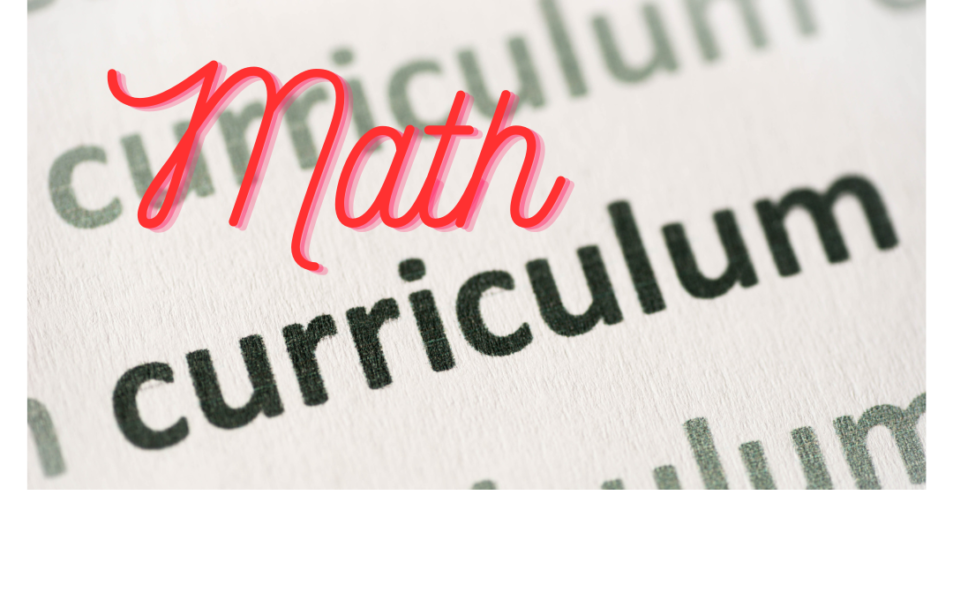
But…
- What if you have a child who doesn’t learn math easily?
- What if you had math anxiety in school and are hesitant to teach math?
- What if your child is in third or fourth grade and still struggling with place value?
- What if your child is in fourth or fifth grade and still hasn’t memorized the multiplication tables?
What then?
Well, as both a veteran homeschool mom and a learning specialist, I can tell you that there is no perfect or even “best” math curriculum. The go-to suggestions for kids who struggle with math are Math-U-See or Right Start Math. Sometimes Schiller Math, CTC Math, or Math Mammoth. Certainly, if you have a kid who has difficulty in math, take a look at any or all of the above. Most likely one will fit your situation best.
Before looking for curriculum, it helps when a teacher understands how the brain learns math and where kids typically get lost. If your child is one or more grades behind in math skills, it can be extremely hard to find the homeschool math curriculum that will actually help.
I have found that most math curriculum are geared to address specific areas of math and have weaker focus in other areas. Once you know the areas that yield balanced progress in math, evaluating curriculum can be much easier.
So what are these brain-based areas of learning math?
Innate values.
First, researchers have found that neurotypical children have an innate understanding of numbers that emerges as a child reaches toddler age. These hard-wired concepts are of the quantities one to three and that counting represents values.
Some kids, especially those who are lower functioning may not have developed the innate idea of one, two, and three and counting values. You can still work on math skills and even introduce addition and subtraction; however, know that you will need to continually review basic counting practice. It will be important to remind your kiddo that numbers and counting are part of our world.
Subitizing
Subitizing is a process of “knowing” what quantity is shown just be looking rather than counting objects. At first, kids can see a group of 5 to 10 objects and be able to say how many. When a child is learning the terms of more and less, show two cards with different amounts. Without counting, have the child look and tell you which one is more or less. For a child with a language-based disability, like autism or dyslexia, you may need to work on asking, “Which has more?” until it is mastered. Then switch to, “Which is less?” Some kids are able to subitize random dots up to 30! This skill is helpful in transitioning to the concepts of addition and subtraction.
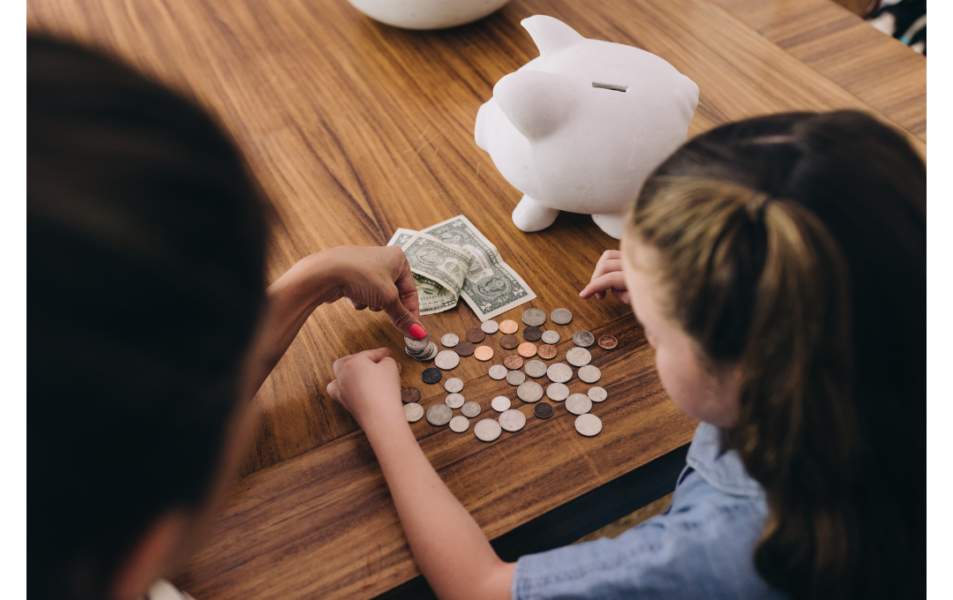
One-to-one correspondence.
One-to-one correspondence is the idea that when we count, we say one name of a number for every item we touch. To check if your child has a sense of one-to-one correspondence, set out 3 to 10 counters or blocks. Ask your child to count them. A child who touches without staying with their oral counting does not yet have a sense of one-to-one correspondence.
As kids reach kindergarten and first grade, one-to-one correspondence can be thrown off again with number words that have two or more syllables. If your child touches items for each syllable, that foundational math understanding is not yet cemented. Keep practicing because it is important for later skills of addition and subtraction.
Conservation of numbers.
Children between the ages of 3 and 5 usually grasp an idea of conservation of numbers. If you set out some counters or blocks (between 3 and 10 items), have the child count them. Confirm that the count was accurate. Then move the counters or blocks around into a random group or a different arrangement. Ask the child how many without counting the items again. Typically, a child around age 6 or 7 will logically see that no items were added or removed and just say the amount again. Kids who do not have the foundational math skill of conservation of numbers will insist on counting again. Keep practicing this skill because it will be needed to teach the difference between operations, especially when counting groups for multiplication.
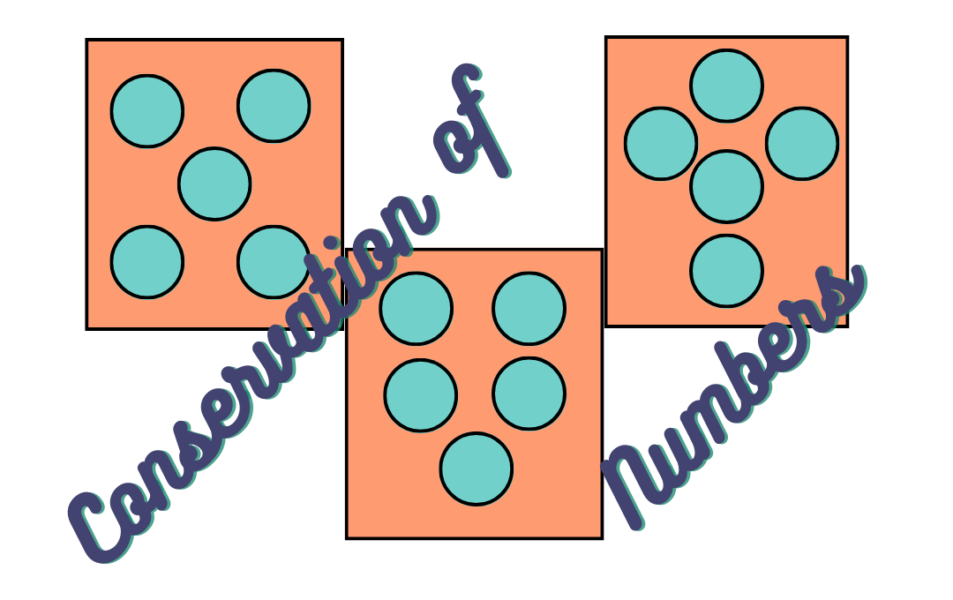
Symbolic processing of numerals.
The final foundational math skill I look for – even in teenagers – is naming the numerals (number symbols). Writing number backward or not knowing which symbol represents a dictated number can also be an indicator of a symbolic processing issue. This is an indication that symbolic processing is impacted in learning math and that memorization of facts will work best if taught in story form or verbally. Providing flash cards or worksheet drills will be extremely difficult for kids who struggle with number symbols.
Symbolic processing may be associated with a child who had difficulty learning the sounds of letters. It may also be an indicator that other language issues may be seen as the child learns about equations and the meaning of operation and relation symbols. This is likely the main issue involved in dyscalculia. Parents often think that dyscalculia is a memory issue. However, like dyslexia symbolic processing is a language issue.
More Math Learning Areas:
As the student grows and progresses through various math skills, the other learning areas that may emerge are:
- Conceptual development, like place value, and moving from concrete to abstract understanding.
- Sequencing numbers and patterns.
- Learning processes, like long multiplication and long division.
- The Language of math can impact interpreting and translating word problems into number sentences.
- Visual-spatial skills, including puzzles, geometry, reading an analog clock, and measuring. I have seen this weaker area impact graphing in algebra.
- Practical life skills problem solving and thinking skills
- Interpreting graphs and data.
So when I know the strengths and weaknesses of how my student learns math, I can create a best fit match with math curriculum for strengths. Then I can include supplemental programs that can address the weaker areas. I do not worry about pacing through a curriculum because I want mastery and consistency over many days so that I know my child is going to successfully confidently be able to do] more complex and abstract math skills.
If you need assistance in selecting a math curriculum for your kids, or you want more training in how to teach specific math skills, feel free to contact Sue at sueh@uniquelearners-suehegg.com.
Keep checking back for when we launch our new Unique Learners U, a membership that will give you loads of resources and support directly from Sue. We are excited to build a community of homeschool moms who are struggling with ways to teach our kids with special learning needs!
